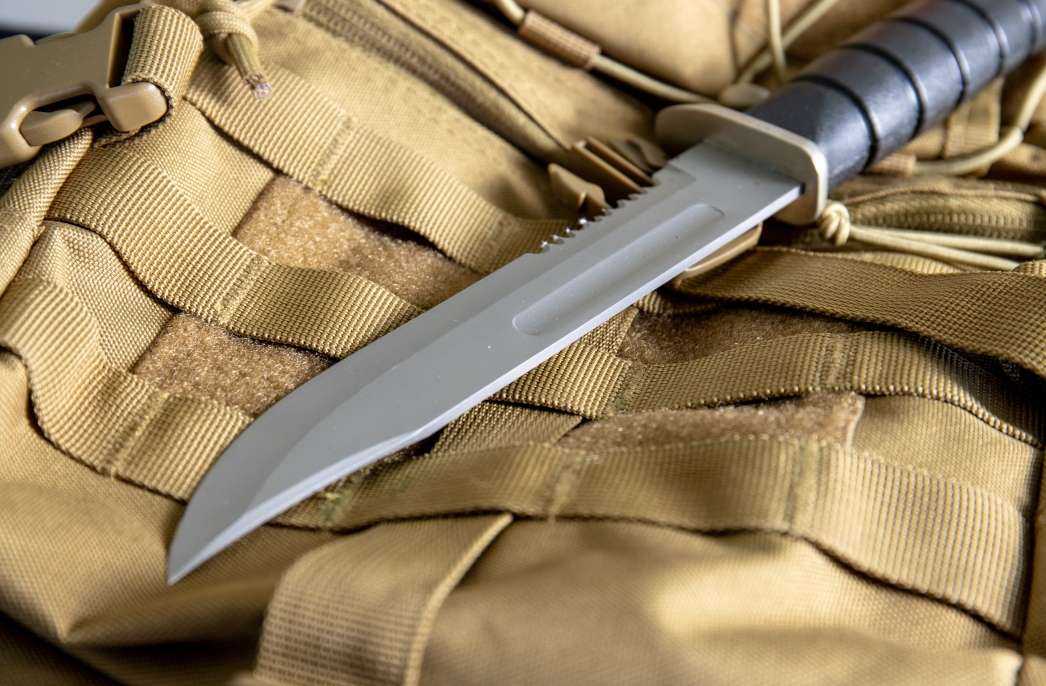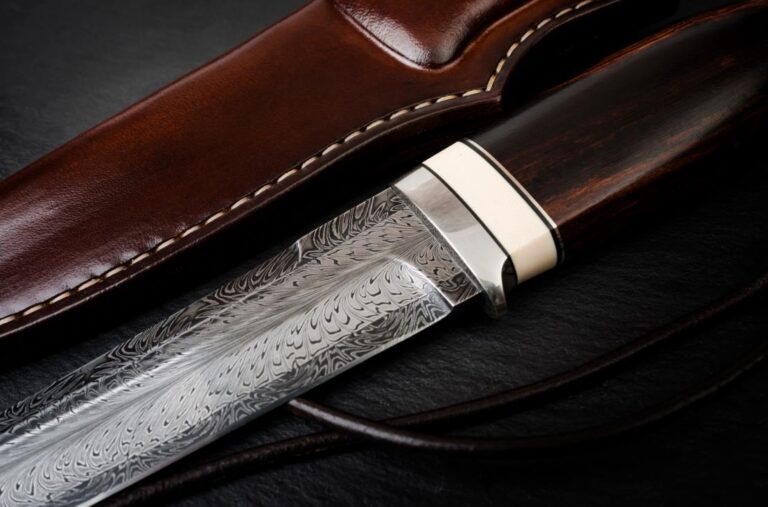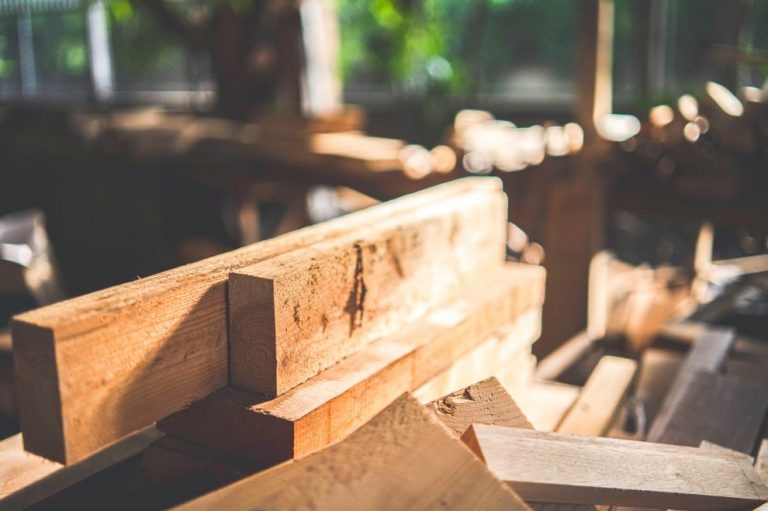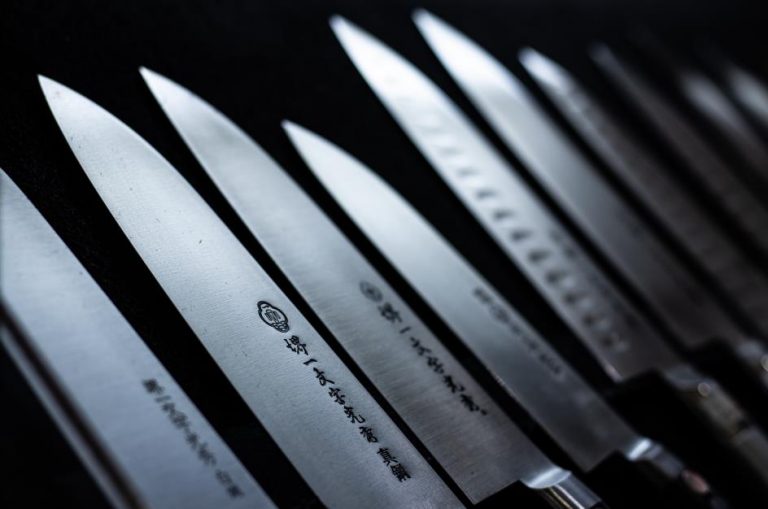Selecting the right material for your knife is crucial. Ultem, also known as Polyetherimide or PEI, is gaining popularity as a knife handle material due to its exceptional durability, stability, and attractive appearance. It’s a high-performance thermoplastic polymer known for its ability to withstand extreme temperatures and resist chemicals.
Ultem material, produced by SABIC Innovative Plastics, is renowned for its strength and flame resistance, making it suitable for various industries like aerospace, automotive, and electronics. Explore Ultem’s properties and how it can enhance your knife handle experience; dive deeper into its advantages by reading the full article.
What is the Ultem material?
Ultem is essentially a trademarked name for the PEI material coined by its manufacturer. This high-performance thermoplastic is renowned for its exceptional strength, stability, and resistance to heat. Its versatile applications span from electrical components and automotive parts to, more recently, the crafting of knife handles.
What is it made of?
The primary component of Ultem material is polyetherimide (PEI), a polymer created through the reaction of amine-ended monomers and bisphenol-A-based anhydrides. The result is a semi-transparent, amber-colored material with high chemical resistance and a glass transition temperature of around 217°C (423°F).
How is Ultem as a knife handle material?

Properties
Ultem’s high strength-to-weight ratio makes it well-suited for knife handles. Its excellent resistance to wear and chemicals also adds to the durability of knife handles. To sum up its properties:
- Durable: Ultem material maintains its strength and stability even under high-temperature and high-pressure environments. This resilience ensures the longevity of your knife handle.
- Chemical resistance: Since Ultem can withstand exposure to various chemicals and solvents, it’s suitable for use in environments where the knife may come into contact with such substances.
- Lightweight: Despite its strength, Ultem is a lightweight material, making it perfect for knife handles that require good balance and control.
Advantages
- Heat resistance: Ultem can withstand temperatures as high as 340°F (170°C), making it suitable for applications where high heat resistance is required. This material helps ensure your knife handle stays safe from warping or melting due to high temperatures.
- Strong and lightweight: Ultem offers a high strength-to-weight ratio, providing a lightweight, yet strong, knife handle. This is ideal for reducing fatigue during extended use.
- Chemical resistance: Ultem is extremely resistant to various chemicals, including alcohols, fuels, and acids. This makes it ideal for knife handles that may be exposed to harsh cleaning agents.
Disadvantages
- Expense: Ultem is a relatively expensive material, as it is a high-performance engineered plastic. This can contribute to an increased overall cost for a knife with an Ultem handle.
- Limited colors and textures: Ultem is typically only available in amber or translucent shades. Texture options are limited, as adding pattern or texture to the material could affect its overall properties.
- Difficult to machine: Ultem is a very hard material, making it more difficult to machine than other thermoplastic materials. This may pose challenges for knife makers seeking to create intricate designs.
Ultem vs Micarta and vs G10
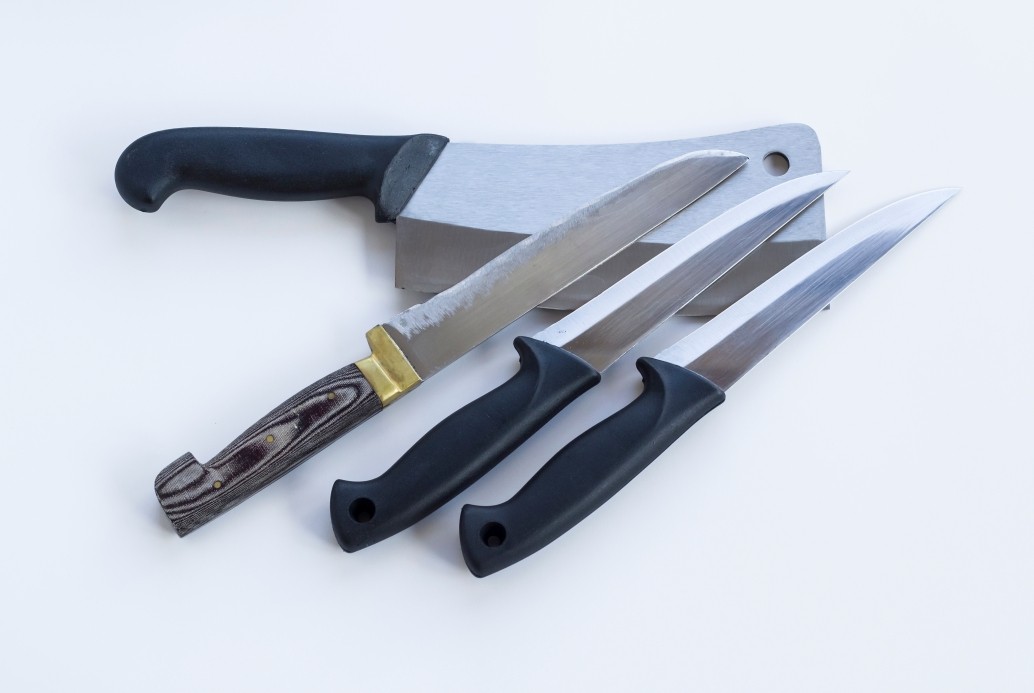
Ultem, Micarta, and G10 are popular materials for knife handle construction. Each offers advantages and disadvantages, depending on your specific needs and preferences for durability, grip, and aesthetics.
Ultem is a high-performance plastic that is extremely resilient and lightweight. It is resistant to heat and moisture, making it a suitable choice for knife handles that need to withstand a variety of environmental conditions. In comparison to materials like steel, stainless steel, aluminum, or titanium, Ultem offers easier workability and lower production costs. However, it may lack the premium feel and durability of some more traditional handle materials like wood, bone, or leather.
Micarta
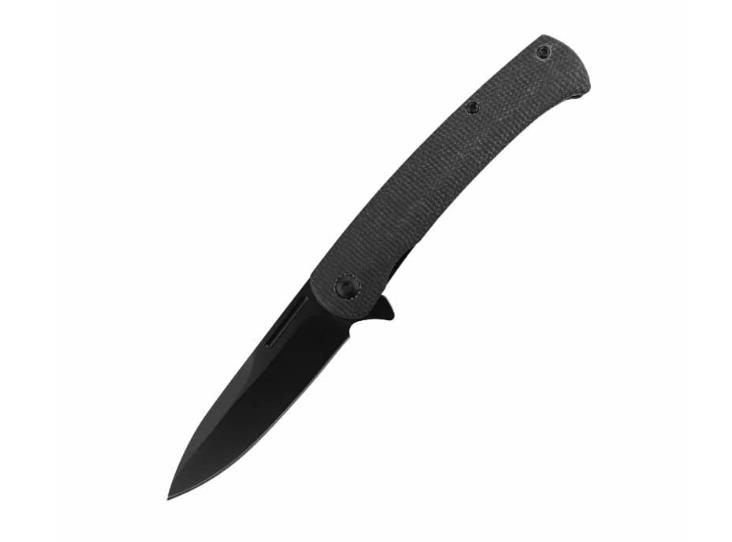
When comparing Micarta to Ultem as potential knife handle materials, it’s crucial to consider their distinctive attributes. Micarta offers good to very good durability and a wide range of aesthetically pleasing textures and colors, making it a popular choice. However, it may demand more maintenance due to its propensity to absorb moisture and oils over time, and its moderate weight might not be suitable for those seeking a lighter handle. Ultem, on the other hand, boasts remarkable strength, exceptional heat and chemical resistance, and a sleek, modern appearance. Yet, its smooth surface might lack the same grip as textured materials, and it could be pricier.
G10
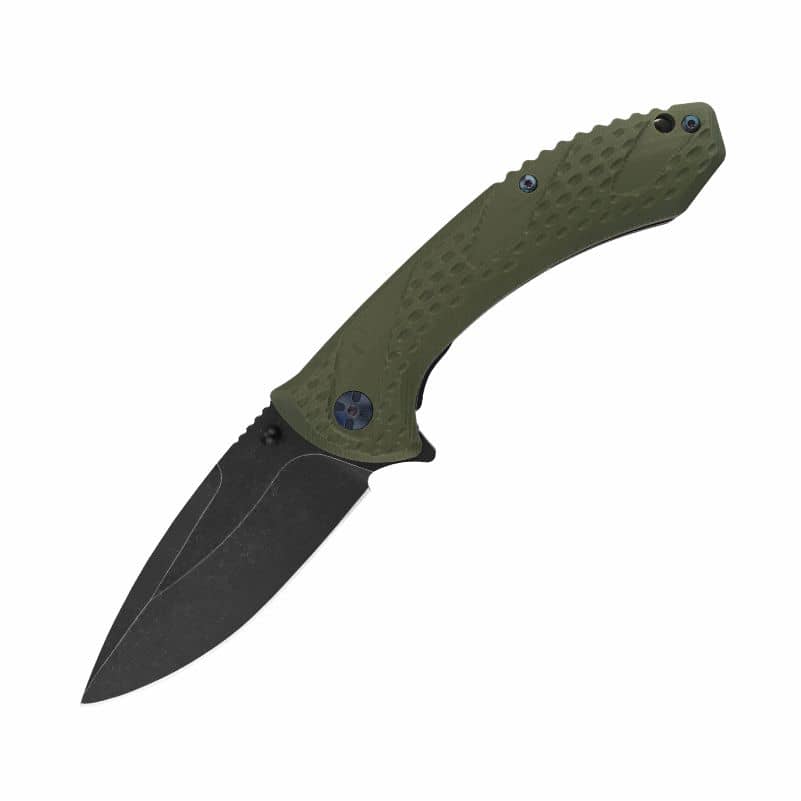
G10 is a reinforced composite material made from layers of fiberglass cloth and resin, similar to Micarta but with a distinct finish and texture. G10 is known for its unique texture, which adds a tactile and visually appealing element to knife handles. Its durability and resistance to environmental factors like moisture make it suitable for knife handles compared to materials like wood, bone, or leather. In addition, G10 offers a vast range of color options, making it a popular choice for custom knife handles.
A comparison table
| Property | G10 | Micarta | Ultem |
|---|---|---|---|
| Composition | Layers of fiberglass soaked in resin | Layers of fabric (such as linen or paper) soaked in resin | High-performance thermoplastic polymer |
| Durability | Excellent | Very Good | Excellent |
| Heat Resistance | Very Good | Good | Excellent |
| Appearance | Wide range of colors and textures available | Varied textures and colors | Rich, amber colored |
| Weight | Moderate | Moderate | Lightweight |
| Texture | Textured surface for enhanced grip | Textured surface for grip | Smooth surface with a firm grip |
| Maintenance | Easy to clean and maintain | Requires some maintenance | Easy to clean and maintain |
Should you choose Ultem?
If you’re in the market for knife handles crafted from Ultem, and your goal is to offer your customers top-quality products, then Ultem may indeed present an appealing choice. Ultem, a high-performance thermoplastic, boasts essential qualities such as durability, strength, and resistance to chemicals, all of which are crucial attributes for a knife handle.
It’s worth noting that while Ultem possesses an excellent reputation within niche circles of knife enthusiasts, it may not be as widely recognized beyond this niche market. Wooden handles, being a more conventional choice, often hold broader appeal among customers and are considered a safer bet. It’s crucial to acknowledge the potential drawbacks, including the relatively higher cost and limited awareness of Ultem as a material in comparison to more familiar options like wood handles.
Wrapping up
Ultem material offers a distinctive set of advantages for knife handles. Its remarkable heat resistance ensures durability under high temperatures. Its chemical resistance guarantees longevity in the face of household and industrial substances. The material’s dimensional stability and low creep maintain its shape and precision over time. Additionally, Ultem’s ease of fabrication enables diverse designs and ergonomic shapes for knife handles, enhancing the user experience.
If you’re in search of sturdy knives featuring Ultem handles, think of LeeKnives. We specialize in sourcing and producing everything knife-related. With decades of experience perfecting our forging techniques, reach out to us for further information!
